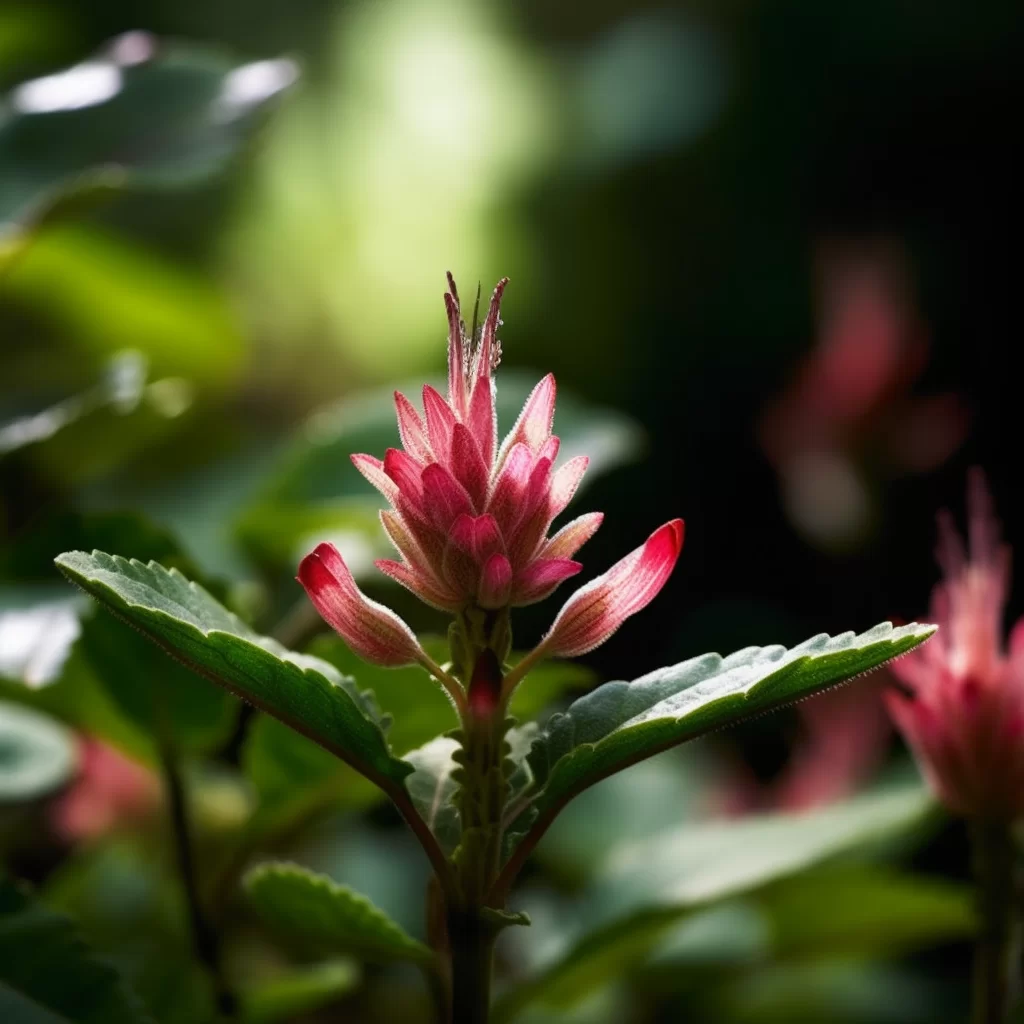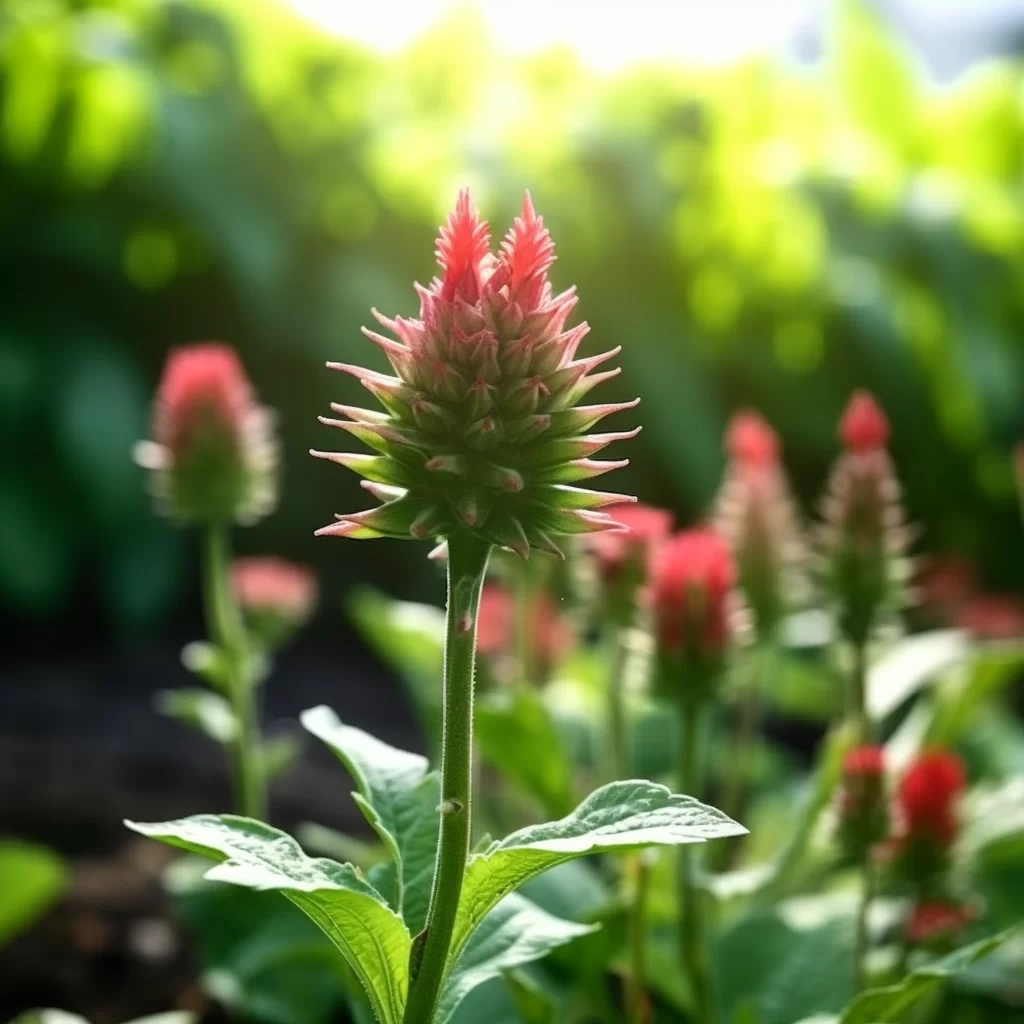Story of Day :
Contents
The Crown Flower Plant: A Complete Guide and Care Tips
Gardening can be a fun and rewarding hobby, especially when you have the right plants to tend to.
One such plant that is sure to impress is the crown flower plant (Calotropis gigantea).
This tropical shrub not only adds beauty to your garden with its eye-catching purple and white flowers but also has several medicinal uses.
In this article, we will take a closer look at the crown flower plant, including its origin, growing conditions, care tips, and potential health benefits.
Origin of Crown Flower Plant
The crown flower plant is native to Southeast Asia but has spread throughout tropical regions worldwide due to its many uses.
The species belongs to the Apocynaceae family of plants known for their milky sap.
It grows best in warm climates with moderate rainfall year-round.
Growing Conditions for Crown Flower Plant

- Crown flower plants need full sun exposure for at least six hours daily.
- They require well-draining soil rich in organic matter.
- The ideal temperature range for growth is between 68°F (20°C) and 95°F (35°C).
- Adequate watering during dry periods is essential as these plants do not tolerate drought conditions well.
- Fertilizer should be applied every four weeks during the growing season using either liquid or granular fertilizer rich in potassium and nitrogen.
Care Tips for Crown Flower Plant
- To promote bushier growth instead of tall spindly stems pinch back new growth regularly until established. >
- Prune dead or damaged leaves or branches by cutting them off with sharp scissors or pruners.
- Crown flower plants are susceptible to pests such as aphids and whiteflies, so regular inspection and treatment may be necessary.
- Protect the plant from strong winds that can damage stems and flowers by staking it securely.
Potential Health Benefits of Crown Flower Plant

The crown flower plant has several medicinal uses in traditional medicine.
The milky sap from its leaves, bark, and roots contains various compounds that have anti-inflammatory, analgesic, and antibacterial properties.
Some of these active compounds include cardiac glycosides like calotropin and uscharidin which are effective in treating skin diseases like psoriasis.
The plant also contains alkaloids like calotropine which help regulate blood sugar levels in diabetics.
Additionally, studies have shown that extracts from the crown flower plants can help reduce fever temperature due to their antipyretic properties.
Conclusion
The crown flower plant is a beautiful tropical shrub with many potential health benefits.
To grow this vibrant purple beauty successfully requires full sun exposure for at least six hours daily, well-draining soil rich in organic matter with adequate watering during dry periods.
Regular care measures include pruning dead or damaged leaves or branches by cutting them off sharply with scissors or pruners on occasion; inspecting regularly for pests such as aphids and whiteflies; staking it securely against wind damage if necessary while ensuring you pinch new growth until established when possible will give your garden an exotic touch to be proud of.